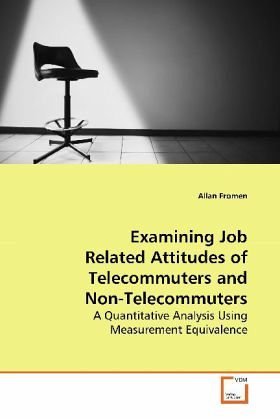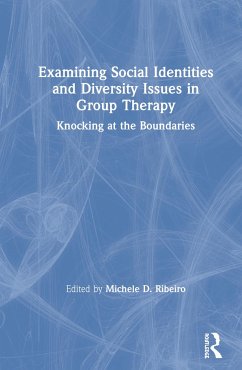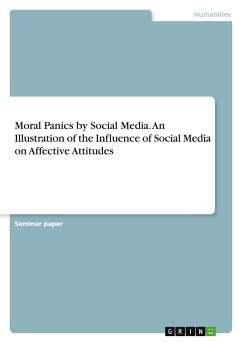
Examining Job Related Attitudes of Telecommuters and Non-Telecommuters
A Quantitative Analysis Using Measurement Equivalence
Versandkostenfrei!
Versandfertig in 6-10 Tagen
32,99 €
inkl. MwSt.

PAYBACK Punkte
16 °P sammeln!
While telecommuting is becoming increasinglywidespread, very little is known about howtelecommuters differ from traditional officeemployees in their work related attitudes. Theempirical literature to date has been wrought withdefinitional and methodological flaws, severelyhindering the ability to draw any definitiveconclusions. This study attempts to control for manyof the confounds inherent in the literature (e.g.,low power, poorly constructed samples), and adds animportant methodological improvement.This will be the first known study to investigatemeasurement equivalence across telecommuters...
While telecommuting is becoming increasingly
widespread, very little is known about how
telecommuters differ from traditional office
employees in their work related attitudes. The
empirical literature to date has been wrought with
definitional and methodological flaws, severely
hindering the ability to draw any definitive
conclusions. This study attempts to control for many
of the confounds inherent in the literature (e.g.,
low power, poorly constructed samples), and adds an
important methodological improvement.
This will be the first known study to investigate
measurement equivalence across telecommuters and
non-telecommuters prior to mean difference
interpretation. Given the improvements in
experimental design (superior sample construction,
more rigorous analysis), this book is an important
contribution to the existing literature.
widespread, very little is known about how
telecommuters differ from traditional office
employees in their work related attitudes. The
empirical literature to date has been wrought with
definitional and methodological flaws, severely
hindering the ability to draw any definitive
conclusions. This study attempts to control for many
of the confounds inherent in the literature (e.g.,
low power, poorly constructed samples), and adds an
important methodological improvement.
This will be the first known study to investigate
measurement equivalence across telecommuters and
non-telecommuters prior to mean difference
interpretation. Given the improvements in
experimental design (superior sample construction,
more rigorous analysis), this book is an important
contribution to the existing literature.












